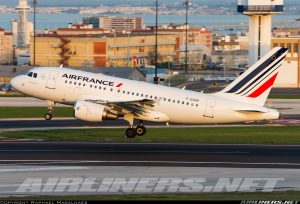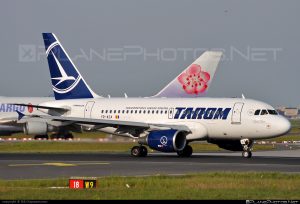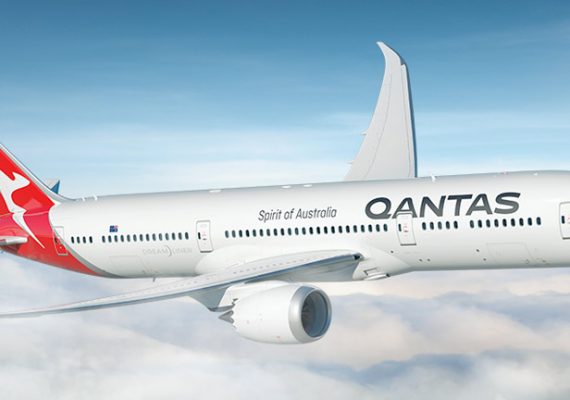In the last part of our mini-series, on the occasion of the 30th anniversary of the first A320 flight, we bring the article about the smallest member – Airbus A318, also known as “Mini-Airbus”. (Article about Airbus A319, Airbus A320, Airbus A321)
The A318 is directly derived from the A319, final assembly being carried out in Hamburg, Germany. In the two-class configuration, it has 107 seats and offers really great comfort in comparison with its competitors, especially the largest cabin space in its class. It is shorter by about 6 meters and lighter than 10 tonnes over the A320. This machine was designed to replace older versions of Boeing 737 and McDonnell Douglas DC-9. The A318 is available in several versions with varying maximum takeoff weight. Lower take-off weight allows economic operation on regional lines – with a shorter range, the A318 allows the addition of additional A320s on the marginal lines. The lighter A318 has a 10% larger range than the A320, allowing it to handle some of the lines that the A320 can not handle. However, the largest use is found on short, less occupied flights between smaller towns. At the same time, it is the largest commercial airplane certificated for steep approach (sinking angle of up to 5.5 °, unlike standard 3 °), suitable for airports, London City.
It might be said that from a certain point of view, Mini-Airbus is a family “smolder” compared to the much more successful – the bigger family members. The manufacturer’s plans significantly affected the decline in demand for new aircraft after September 11, 2001. The second least negligible problem was that the new Pratt & Whitney engines had higher fuel consumption than planned and expected. By the time CFMI had prepared new, more fuel-efficient engines, many A318 customers had already withdrawn. Airbus believed the A318 would be an alternative to regional jet aircraft, but the inexorable rules put it in the same class as larger aircraft. This is also the result of the different airport charges, which are therefore higher and, therefore, the regional haulier does not have this machine despite the undisputed advantages.
At the moment, there are only 69 A318 out of 80 produced in the world, and there is no reference to plans for the NEO version yet. This is likely to be the case that today Airbus does not record one single order for this type. The first A318 was delivered in 2003 to Frontier Airlines. The largest operator is Air France with 18 units in its fleet, 25 units in South America (Avianca and Avianca Brazil), 20 are private or part of government fleets, or other VIP aircraft, 4 are flying to TAROM (Romania) and the last two operate by British Airways.
Technical data Airbus A318-100
Wing span: 34,10 m
Length: 31,44 m
Height: 12,56 m
Engines: 2x Pratt&Whitney PW 6000A or CFMI CFM56-5B with thrust 96 kN to 106 kN
MTOW: 59 000-68 000 kg
Travel speed: 860 km/h
Ceiling: 12 500 m
Range: 3 705-6 000 km
Capacity: 107-132 seats
Source: Airbus, internet, časopis L+K (4/2017)
Written by: Miloš Kováč
Foto: Niki Kapsamunov, internet







